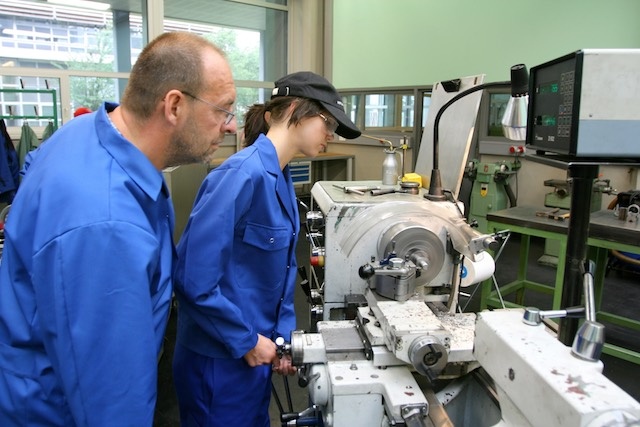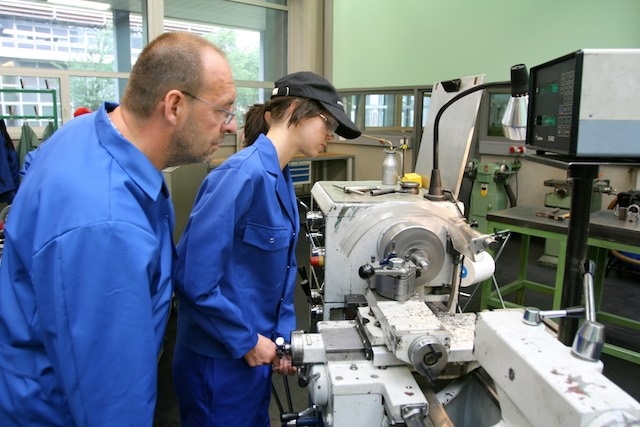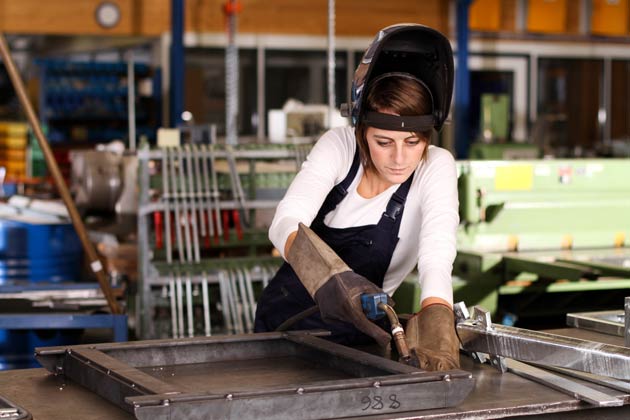
It’s been over a year since we first reported on the Apprenticeship Levy, which was detailed in 2016 and launched in April 2017. The aim of the Apprenticeship Levy is to help generate the funds needed to increase the number and quality of apprenticeship places available in England. So, has this worked?
First, a little background. Any UK employer with an annual paybill of more than £3 million would have the levy applied at a rate of 0.5%, collected through the PAYE system. All businesses receive an Apprenticeship Levy allowance of £15,000, which is offset against the Apprenticeship Levy payment.
The levy would then be available to spend through a new online system – the Digital Apprenticeship Service (DAS) – giving employers more choice when it comes to choosing and paying for apprenticeship training. There would be a cap on how much could be spent on each individual registered apprentice, with payments made using vouchers. They would also have a time limit on when the levy payments could be used.
One year on
We are now one year down the line from the implementation of this new system. Manufacturers are expressing frustrations and problems with the Apprenticeship Levy, as outlined in this informative blog from EEF. The general consensus seems to be that the Apprenticeship Levy is little more than a tax, and it hasn’t helped to bolster the number of quality apprenticeships available in the industry.
There are some teething problems. First, manufacturers have said the amount they can spend on apprentices through the system is too low. Additional funds for training is having to be paid directly by the employer, with only a small portion coming from the levy payment. The time limit is also an issue. The levy payment is only available for 24 months, whereas most skilled apprenticeships are much longer. Finally, the high-quality training standards that were promised as part of the levy system have yet to be put into place.
According to a report in PrintWeek, of the £1.39 billion paid into the Apprenticeship Levy by businesses, only £108 million has been spent. Figures from the Department of Education also show that 261,200 people started an apprenticeship between August 2017 and March 2018. This is down from 362,400 in the same period in 2016/2017.
Going forwards
In order for the Apprenticeship Levy to be viable going forwards, there needs to be a greater uptake in the use of the funds. Smaller businesses are less likely to understand the logistics and benefits of hiring an apprentice, and are therefore not using the funds allocated to enable them to do so.
Recognising that changes need to be made, the government announced greater flexibility within the Apprenticeship Levy on 26th June 2018. The Apprenticeships and Skills Minister Anne Milton announced at an event that larger employers would be able to transfer up to 10% of their Apprenticeship Levy funds to multiple businesses. At present, employers can transfer 10% to just one other employer. The aim is to create “more quality apprenticeships… and will help employers to work together in partnership, supporting them to take on apprentices who may not have done so otherwise”. This means that larger employers can help smaller businesses in their supply chain to train high-quality apprentices they wouldn’t be able to afford, benefiting the whole chain.
Hopefully, the changes now being made and the continued push to offer quality apprenticeships across all industry areas, will see the next generation of apprentices propel manufacturing into the future.
 Apprenticeship Levy – What’s going on?
Apprenticeship Levy – What’s going on?
